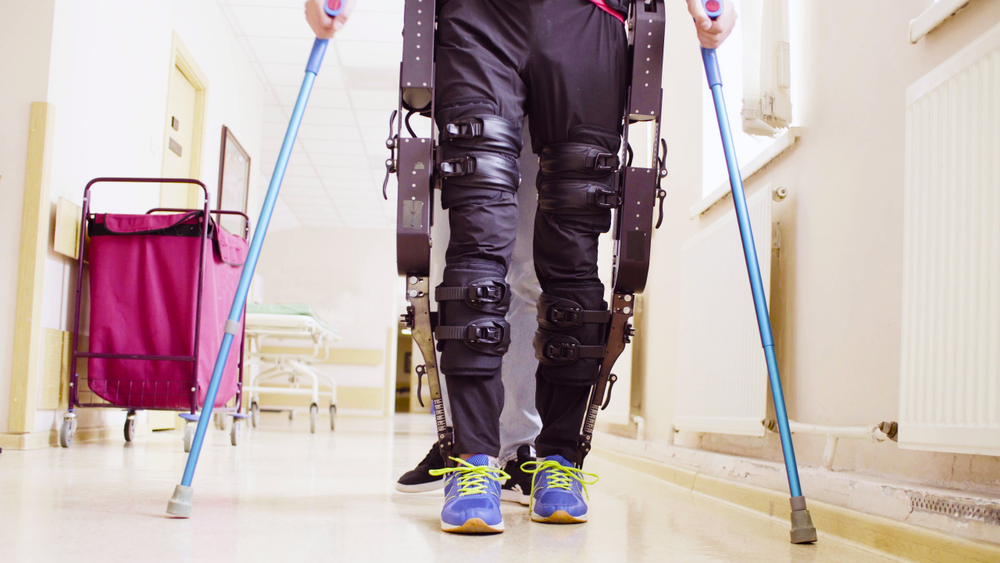

AI Tech to Give Robotic Exoskeletons the Ability to Think
A team of researchers from the University of Waterloo in Canada is developing an integrated AI technology that enables exoskeletons and prosthetic legs to make independent decisions.
The sophisticated tech involves using computer vision and deep-learning AI to mimic and observe how able-bodied people walk. This information is then used to help the exoskeleton and prosthetic leg make independent decisions on how to adjust their movements.
“We’re giving robotic exoskeletons vision so they can control themselves,” said Brokoslaw Laschowski, a Ph.D. candidate in systems design engineering who leads a University of Waterloo research project called ExoNet.
Current motorized exoskeletons are beneficial for helping the wearer to walk along level ground. However, there are limitations when it comes to more complicated tasks such as stepping over or around obstacles. The traditional way of overcoming this is by using a smartphone to manually change the mode.
“That can be inconvenient and cognitively demanding,” says Brokoslaw Laschowski, an engineering Ph.D. candidate who is also head of the ExoNet project at Canada’s University of Waterloo. “Every time you want to perform a new locomotor activity, you have to stop, take out your smartphone and select the desired mode.”
To address these difficult scenarios, researchers have fitted exoskeleton users with wearable cameras and are currently optimizing AI computer software to process the video feed to accurately recognize its surrounding features, and help navigate users through more challenging obstacles.






